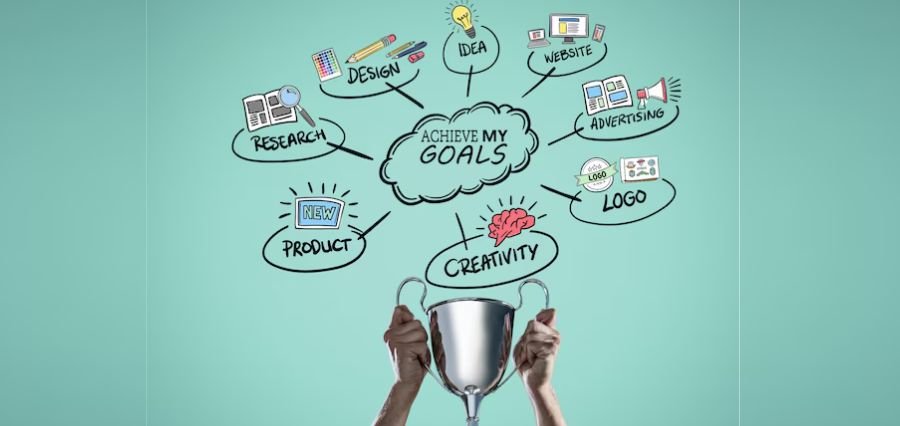Women’s empowerment is a very important movement, as it would grant equal rights, opportunities, and access to resources for women. Despite this, it has been noted that no one fit the stereotypical notion of a woman – their experiences and struggles being based on race, ethnicity, class, sexual orientation, age, and ability. Of course, that’s what intersectionality is all about. There is an essential need to understand intersectionality for formulating integrated and efficient strategies in empowering women across many walks of life.
Understanding Intersectionality
Intersectionality refers to the term that a scholar used when summarizing how intersecting social identities, experienced different discrimination, and privilege. For instance, a black woman, though being a victim of gender, faces an altogether different set of challenges than those that a white lady might face, even if she is purportedly facing all due to gender-based discrimination.
These differences can manifest in many aspects of life-from the workplace and healthcare delivery to education and even social interactions. By looking at intersectionality, one is apt to broaden the view on how barriers to women’s empowerment work and how these can vary with each woman’s situation.
Importance of Diversity in Representation
In the cause of women’s empowerment, there is the need to bring on board different voices and stands. Diverse perspectives enrich the conversation and lead to more inclusive solutions. The diverse experiences that women from various backgrounds bring make them highlight issues that the single narrative would make look insignificant.
For example, the experiences of women in the rural areas might be vastly different from those encountered by women in urban areas. By embracing these differences, empowerment efforts can be fashioned to address the specific needs of differing groups, making them more effective.
Building Women’s Solidarity
In fact, intersectionality helps women bond by highlighting common agendas, but simultaneously considering differences. When women realize that their conflicts are connected, they are better positioned to rally together. This solidarity is fundamental to building a strong movement.
For instance, an equal pay for women campaign will find powerful voices by sharing narratives of women from different walks of life. This collective action can bring to focus the various ways that pay inequality affects women, therefore making the overall message stronger.
Dealing with Systemic Inequalities
Women’s empowerment efforts must not stop at individualistic actions but deal with systemic inequalities. Intersectionality points out that most of the challenges women face happen to be intertwined with broader societal structures.
For instance, women from these groups may also face other challenges like poor education and healthcare, workplace discrimination, and the lack of full legal protection. Understanding this deeper root of the problem, advocates can create strategies that focus more on changing the policies and society rather than putting the burden of change entirely on the women.
Making Policies Inclusive
Effective empowerment of women requires policies that can involve all women’s diverging needs, so policymakers have to interact with communities and listen to their concerns. For instance, initiatives toward women entrepreneurship must look into the specific needs of women of color, LGBTQ+ women, and women with disabilities. It is through this incorporation of various voices in the creation of policy that it will be able to foster equal opportunities for all.
Education and Awareness
Education plays a significant role to promote intersectionality and the empowerment of women. Awareness raising about how different identities interconnect also really dismantles stereotypes and bias.
Educational programs related to diversity and inclusion make it possible for people to understand one another because they are geared towards such an environment, and these people are more probably going to be champions for change in various communities in which they may operate.
Empowering Future Generations
Empowering young girls is important to gain better futures. Educating them on intersectionality and the need for diversity as a whole will give the next generation more importance to the issues of women.
Such programs offered in schools that will encourage leadership, critical thinking, and doing justice can inspire young girls to try their best in being advocates for their own empowerment and for others’. It benefits not just the girls but also communities as a whole.
Conclusion
Intersectionality is, therefore, the emancipatory route through which diversity can easily be seen and celebrated as belonging to women’s empowerment. The acknowledgment of the distinctiveness of women issues from different backgrounds enables the movement to be more open and pragmatic. The framework here is intersectionality.
Through this, there is encouragement towards solidarity, pointing out systemic inequalities, and supporting the formulation of inclusive policies. Education and awareness for everyone at every age end. Ultimately, embracing diversity in all its forms empowers women but also enriches society as a whole toward a more equitable future for all.


















